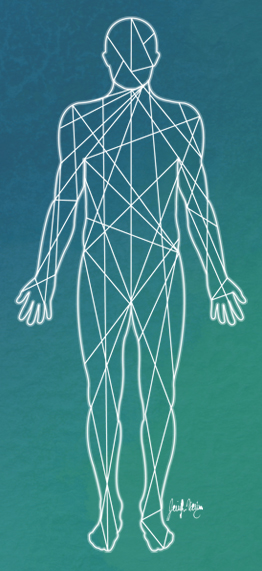When I first began studying osteopathy I found that most people I spoke to didn’t know that this great profession existed. Happily since then, more and more people have discovered osteopathy and how beneficial it can be! If you’re new to osteopathy or if you’re planning your first appointment, here are a few frequently asked questions that I’ve encountered in my clinic.
Who should see an Osteopathic Manual Practitioner?
Almost anyone can benefit from manual osteopathy as its prime objective is to support and increase your health and vitality. Often people first arrive at my door with some type of musculoskeletal pain but osteopathy can be very beneficial for anyone suffering from nerve discomfort, sleep disturbances, poor fluid circulation and general stress. It can also help manage many other irritations from headaches to menstrual pain to digestive changes. Osteopathy can help support you and your body at any stage of life.
So you work with bones?
Yes! But osteopathic manual practitioners also address fascia, muscle tissue, ligamentous tension as well as joint articulation. All of the systems of the body (vascular, nervous, visceral) are considered since the body is one functional unit. Osteopathy also recognizes the connection between the mind, body and spirit.
What is Osteopathy?
Osteopathy was founded by Dr. Andrew Taylor Still more than a century ago and osteopathic theory asserts the need for unobstructed motion in the body. In order for the body to function well, there must be movement in all of its joints and tissues. Functional changes can happen when movement is lost, and this can lead to pain or other changes in how your body works.
 During an osteopathic structural assessment, you will find that your practitioner is searching for mobility in the fascia, the muscles and the joints. Motion restrictions are examined in the context of the whole body in order to provide an integrative treatment.
During an osteopathic structural assessment, you will find that your practitioner is searching for mobility in the fascia, the muscles and the joints. Motion restrictions are examined in the context of the whole body in order to provide an integrative treatment.
To learn more about osteopathy, click here.
What does this mean?
This means that your whole body will be assessed with every treatment, because symptoms such as pain may show up in one area of the body, however the cause may come from somewhere else. (For example, a sore shoulder may be the result of a dysfunctional hip that has changed your gait cycle). This also means that an osteopathic manual practitioner may treat areas of your body that don’t seem directly related to your symptoms, but they are taking into account a number of factors in order to make you feel better. This includes things like structural compensation, lines of force through the body, the influences of the sympathetic and parasympathetic nervous systems and the drainage and supply of your body’s fluids (e.g.. blood and lymph).
How do you treat the body?
The treatment tools used will depend on the unique presentation of your tissues on that particular treatment day. With every treatment special attention is paid to engaging with and calming the nervous system, as well as promoting fluid drainage throughout the body. Overall the treatment is gentle and rhythmic.
How long does it take to feel better?
The length of time it takes to feel better will be unique to each individual, this will be discussed with you at your appointment and throughout your course of treatment. The goal of each treatment is to make changes that will build stability in the body over time and encourage the body’s own ability to self-heal and self-regulate.
What should I expect after treatment?
Everyone reacts a little differently to treatment and generally most people feel very relaxed. In some cases, you may be sore for a couple of days following. It is best to refrain from intense exercise for 24-48 hours after each treatment in order to let your body adapt to its new alignment. Going for walks is highly encouraged during this time.
What should I bring to my appointments?
The most important thing is to bring yourself! Ideally, wear something that is comfortable to move in since I will be moving your limbs through their range of motion (exercise clothing works well). Also, if you’ve had any imaging done on your body in the past, such as x-rays, ultrasounds or MRIs, bring (or email) the radiology report in order to complete your personal file.
To learn more about your appointment, click here.
For more information about booking your manual osteopathy appointment, click here.
Photo by Linus Nylund | Illustration by Jennifer Herring


